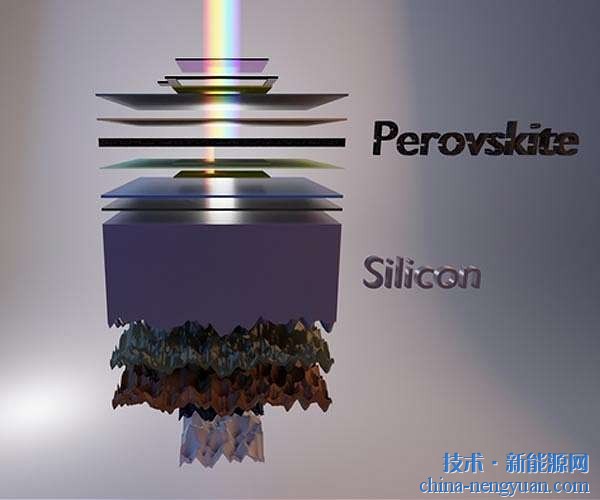 |
Fabrication of a Novel Nitrogen-doped Porous Carbon Material with Adjustable Ultra-high Specific Surface Area and Its Application in Wastewater Treatment and Supercapacitors in Plant-based Renewable Cotton Short Fiber Resources
The design of new carbon materials is a hot topic in current material science research. Carbon materials can be widely used in sensing, catalysis, energy storage, and environmental remediation. The traditional raw material for preparing carbon materials is based on fossil resources, but with the large consumption of fossil energy, environmental issues have become increasingly prominent. Therefore, it is of great significance to carry out research on the preparation of carbon materials using renewable, inexpensive, and environmentally friendly biomass as raw materials, and it is also the goal and direction of sustainable and green chemistry.
Zhang Yagang, a researcher at the Resource Chemistry Research Department of the Xinjiang Institute of Physics and Chemistry, Chinese Academy of Sciences, led his team to transform Xinjiang's resources into a new type of carbon fiber and functional nitrogen-doped porous carbon material. In the previous work, Zhang Yagang's team designed and developed a new process that uses carbon fiber as raw material to produce carbon fiber with environmental protection and low cost. In the process of preparing carbon fiber, a relatively environmentally friendly cellulose carbamate process (CarbaCell) is used, which is not only more convenient than the conventional method for preparing regenerated cellulose, but also in the process of preparing regenerated cellulose fibers. More environmentally friendly. The relevant research results were published in the international journal ACS Sustainable Chemistry & Engineering, 2016, 4(10): 5585-5593.
Recently, Zhang Yagang's team used cotton linters as raw materials to prepare nitrogen-doped porous carbon materials through steps such as cellulose carbamates, solution preparation, carbonization, and activation. The pore structure of the material is tunable and has an ultra-high specific surface area. , The specific surface area reaches 3700m2/g, and the nitrogen content reaches 7.7%. At the same time, the effects of different carbonization temperatures on the yield, elemental composition, morphology, and pore structure of the samples were systematically investigated.
Researchers also evaluated the electrochemical performance and dye adsorption of nitrogen-doped porous carbon. The results show that the supercapacitors prepared with this material have excellent cycling stability, and the initial capacitance can still be maintained after 5000 cycles. 93-95%. In addition, the specific capacity of the capacitor is 282 F/g in a H2SO4 electrolyte at a concentration of 1 mol per liter, a specific capacitance of 289 F/g in 6 mol per liter of KOH electrolyte, and excellent rate characteristics. The experimental results show that the prepared nitrogen-doped porous carbon has excellent dye adsorption performance, and the adsorption capacity for methylene blue reaches 1551 mg/g.
The relevant research results have been applied for Chinese invention patents and were recently published in the international journal "Journal of Materials Chemistry A". This nitrogen-doped porous carbon material with plant-based renewable resources as raw material, simple process, controllable structure, and ultra-high specific surface area has good application prospects in the energy and environmental fields, and is also a new type of functional carbon material. The design provides a new design idea.
The research work was supported by the National Natural Science Foundation of China, the “Thousand Talents Programâ€, Xinjiang Youth Science and Technology Innovation Talents, Outstanding Youth Science Fund and other projects.
Precision Parts By Five-axis Machining
Precision parts are critical components of various products and machines that require precision and accuracy. The five-axis machining technology has revolutionized precision manufacturing by enabling the production of complex geometries with unparalleled accuracy.
Five-axis machining involves the use of a computer numerical control (CNC) machine that has five axes of motion – X, Y, Z, and two rotational axes. This advanced technology allows the machine to produce intricate and complicated parts with high precision and accuracy. Unlike 3-axis or even 4-axis machining, the five-axis machine can rotate and tilt the tool to machine parts from different angles, providing greater flexibility in terms of geometry and design.
Precision parts made using five-axis machining technology are popular in various applications, including aerospace, medical equipment, automotive, and electronics industry. These parts are designed to meet the most stringent standards, making them reliable and durable. The five-axis machine can achieve tolerances as low as 0.0001 inches, providing superior precision that is unmatched by manual machining.
One significant advantage of using five-axis machining technology is increased efficiency. The five-axis machine can perform multiple operations in a single cycle, reducing the time required to produce a part. It can handle complex designs with ease and produce highly accurate parts, making it ideal for applications that require high precision and accuracy.
Another advantage of five-axis machining is increased design flexibility. It allows designers to create highly complex geometries that were not possible with traditional machining methods. With five-axis machining, it is possible to manufacture parts with undercuts, curved surfaces, and geometries that are difficult to access using other machining processes.
In summary, precision parts made using five-axis machining technology offer superior precision, accuracy, and design flexibility. These parts are widely used in various industries, and their high precision and accuracy make them highly reliable in critical applications. As manufacturing technology continues to advance, we can expect more sophisticated techniques that will offer even greater precision and accuracy.
Five Axis Machining Parts,Precision Five Axis Machining Parts,Five Axis Processing Parts,Precision Five Axis Processing Parts
Lizhi Precision Manufacturing Technology Co.,Ltd , https://www.lizhihardware.com